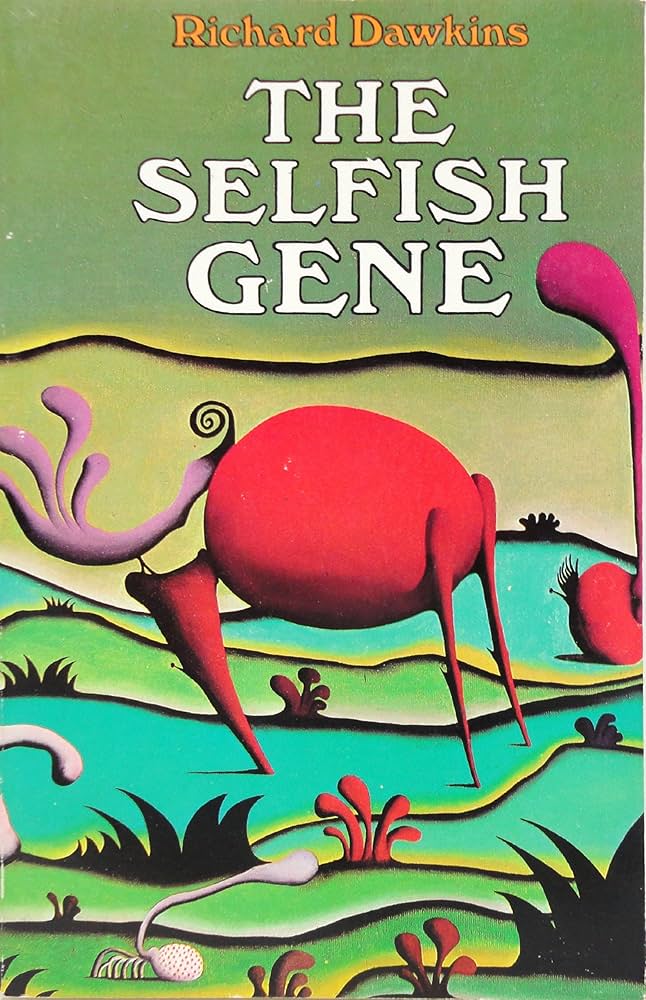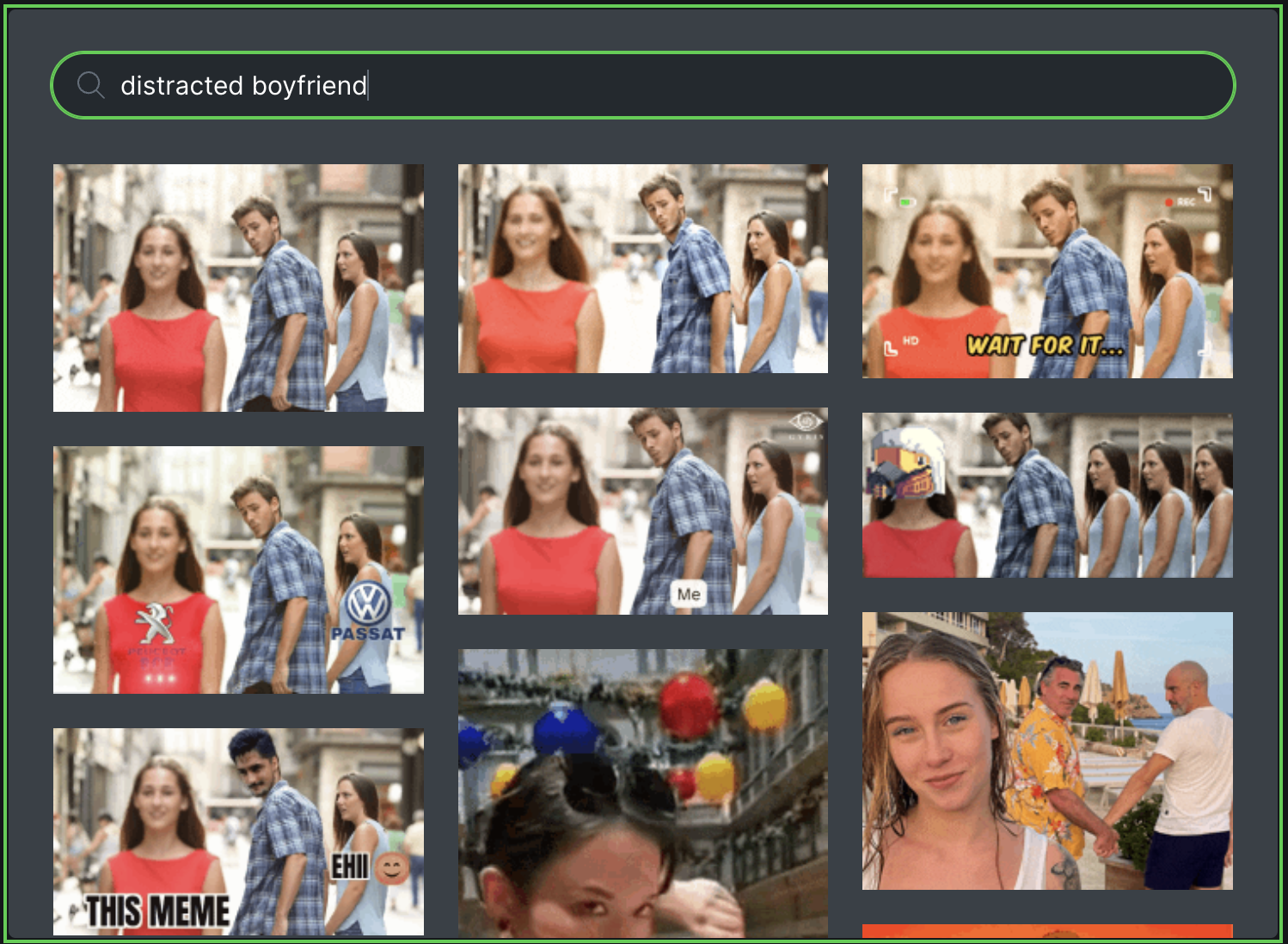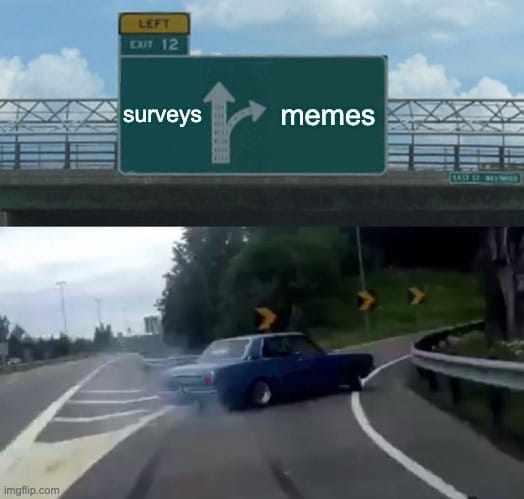#011 Beyond the Laughs: How Meme Can Help Us Decode Culture and Catalyze Change
Discover how memes go beyond laughs to decode cultural contexts and inspire change. We dive into memes as tools for cultural insight, shaping shared sentiments, and sparking conversations around tough topics.

Dear Hotpot readers and subscribers,
Sitting on the rugged shores of Pantelleria, phone and notebook in hand, I’m gathering notes, book highlights, and thoughts to bring you the 11th issue of Hotpot.
This time, we are talking about memes. Not just as internet chaos but as powerful tools that we could all master to decode culture unlocking insights and opportunities for improvement and betterment.
This has been brewing for a long time and it’s time to share it with you and hear what you think.
A couple of years ago, the idea of “capturing your meme” started to gain traction in the online communities I was part of. I initially struggled to grasp the concept, probably overlooking the broader cultural significance of memes. I saw them as a playful form of expression, but they are far more layered: they express the sentiment that words alone cannot capture, they capture our attention, and they unite or divide us through their evolving and uncontrollable nature. Memes are powerful.
I felt I did not know enough about meme culture though, and as I started researching and understanding more, new ideas started to emerge unveiling their untapped potential.
Memes and their inherent humor are more than a stress reliever; they are channels for voicing shared sentiment addressing tough or even taboo topics. They can be diagnosing tools for groups that share a common identity. Memes are windows into how we truly feel.
Reading Valentina Tanni’s Memesthetics was a turning point. She reveals how memes transcend humor, instead creating short-circuits that capture our attention and cut through the information noise, reflecting collective values, fears, and cultural narratives.

Alongside the inspiration from Valentina Tanni’s book, I have been in touch with Gemma Jones, a cultural researcher I admire so much and co-founder of The School of Critical Design. Humbled to review her upcoming Cultural Research course, I started thinking how memes could become tools that go beyond the mere observation—they could be actively used by researchers and changemakers to reveal nuanced insights and spark valuable conversations.
Can memes become tools to decode complex cultural context, and help changemakers identify opportunities to capture emerging shared sentiment, catalyze participation, and lead to betterment? If so, how?
Buckle up as I try to create some historical context leading into my “memes for betterment” proposition.
Let’s dive right into it.
Memes as cultural sensations
We’ve all encountered them—shared them with friends, laughed at them, and maybe even created a few ourselves.
Memes are more than jokes or digital quick-fixes; memes are cultural artifacts. Despite their often lighthearted immediacy, they’re an intricate, uncontrollable force that is helping shape our zeitgeist, dating back far beyond the advent of the internet. They replicate, they spread, they evolve. Do these qualities remind you of anything? Genes.
The genetic qualities of memes
Richard Dawkins, the author of The Selfish Gene (1976) first coined the term ‘meme’ defining it as a ‘unit of cultural information’. In a pre-Internet era, Dawkins saw how information could have gene-like behaviour, evolving, adapting, and replicating.

Looking at information from an evolutionary lens is a powerful analogy that can help us understand and grasp the ever faster evolution of information and its impact on society.
So, where can we find similarities between genes and memes?
- Creative Reproduction: Memes evolve by being remixed and reimagined, mirroring genetic reproduction.
Example: Charlie bit my finger - Hypertextuality: Memes connect with other media, texts, or symbols, forming layered meanings.
Example: Bert is Evil - Viral Propagation: Like viruses, memes spread rapidly and widely, often across diverse cultural groups.
Video: How do meme spread across the internet - Evolution: Memes adapt and transform with each interaction, reflecting new contexts and sentiments.
Example: Pepe the Frog
Worth a listen to this podcast, too.
CCCD Framework
Everything is information, not everything is a meme. There must be a catalyst or a required set of components that can make a bit of information spread developing a life on its own.
I identify 4 necessary elements that can compose the necessary qualities to make a meme.
Context, concept, container, and distribution channels (CCCD)
Context
Memes resonate differently depending on context—whether specific or broad. For instance, a niche meme shared in an online fan community holds a different meaning than when it’s adapted into a mainstream format.
Concept
The concept is the heart of the meme. The more adaptive it is, the more likely it is to survive and thrive across contexts. Think of the ‘distracted boyfriend’ meme—it’s adapted countless times to convey everything from pop culture to personal dilemmas.

Container
Images, videos, audio—all can serve as meme containers. While we often think of image macros (Image + Text), memes range from audio clips (like Beethoven’s dramatic ‘ta ta taaa’) to video spoofs. Every medium, digital or analog, offers potential for memetic expression.
Distribution Channels
The internet has radically expanded meme distribution, allowing rapid, often viral, spread. What begins on one platform, like TikTok, can quickly migrate and evolve across others, connecting disparate groups and contexts.
Memes generate short circuits
Why memes are relevant and why are they such a powerful phenomenon that is shaping how information spreads?
In an age defined by the overwhelming production of information, which our brain is not evolutionally developed to process and that is reshaping our mind, memes create short circuits that break through the noise. They make us stop. They capture our attention and distill complex or nuanced ideas and sentiments instantly, faster than any other media.
Memes not only capture our interest but are also capable to create engagement opening up new possibilities of participation in both the evolution of their content, the aesthetics of their container, and their distribution across contexts.
If marketers use the AIDA (Attention, interest, desire, action) formula to reach their audiences, if tread with care, memes can condense this sequence to a fraction of a second enticing customer attention and participation.
Shaping the zeitgeist and shared identity
As tools of the zeitgeist, memes are both a mirror and chisel. They both reflect and shape collective and public sentiment across all aspects of society. From politics and finance to marketing and entertainment.
People connect and gather around shared symbols, creating unique cultural codes and narratives, allowing those who participate to shape a shared and collective identity.
An indirect incentive to participate in defining our time with memes is belonging. Memes encourage inclusion but are inherently gatekeepers as well. Knowing a meme is akin to knowing the lingo of a given context. If you do not speak the language you will naturally feel left out, excluded from a niche, group, or community.
Tread memes with care
There are pros and cons that characterize memes. Here is what I can think of. Please reach out should you disagree or have anything to add.
Pros
- Driving Engagement through Humor
Driving engagement and participation by leveraging humor and parody. How many times did you burst out laughing or simply got a smile on your face feeling what a meme is about? Sometimes, A meme is worth more than a thousand words. - Surfacing Difficult Topics
Delicate, sometimes hard-to-articulate topics, can be brought to the surface and become a stress reliever. Do you see where I am going? Relieving the tension and creating a situation of shared sentiment, memes can be an incredible conversation starter. - Capturing Nuances in Sentiment
As memes are representations of a sentiment blending different types of media, they can help surface nuances of emerging topics, making complex ideas digestible and relatable.
Cons
- Loss of Control and Boundaries
Memes are uncontrollable, and their evolution and propagation might turn into a phenomenon that transgress social and cultural boundaries. From global fame to sudden ridiculization it is inportant to understand when the content of a meme is offensive and harmful to individuals and groups of people and beliefs. - Dilution through Overuse
Their abuse might dilute their value. Too much of something is never good. As we already struggle to cope with the abundance of information, an abundance of memes can also dilute their relevance and impact. - Risk of Oversimplification
As immediate as they are, memes have an inherent risk of oversimplifying complex and nuance topics. This might result in altered narrative and distortion of reality, polarizing opinions, reinforcing biases, leading to conflicts and issues of different nature and scale.
Memes are tools to decode culture and create impact
You are still here! Well done. I hope this context is already making you look at memes from a different lens, but here is the proposition that made me write this whole piece.
What if memes could be proactively used as decoding tools to surface qualitative data?
Quantitative traditional tools such as surveys often comes with design biases and flaws that might limit open expression missing on the opportunity (and duty?) to capture meaningful qualitative nuances of individual and shared sentiment.

Could cultural researchers and change makers use meme-making as a practice to capture qualitative nuances of a specific target group or organization's sentiment and shared identity?
Could a team, or a group of people, independently use memes as a way to surface the unspoken (or unspeakable) by leveraging humor and creating a more relaxed environment to start a conversation?
Within an organization, with adequate guardrails and prompts, meme can become tool for transformation. Imagine turning gossp into open and constructive dialogue, transforming tensions and frictions into shared discussions that foster honesty and trust.
Built with purpose, Memes bring the collective sentiment to the forefront, acknowledging how people feel and revealing the underlying pulse of any social context.
By identifying issues that resonate deeply with the participants, memes could help organizations to open pathways to authentic solutions for shared problems. This is Meme-making for betterment.
Let’s make a Meme-making Workshops!
What you have read is my understanding of meme potential and a proposition to employ memes’ inherent qualities to improve communication in any organization or even in any human interaction.
I hope that this issue might spark conversation with you. I am always here, reachable via email at hotpot@andreabrena.com
If you have thoughts, arguments, or are interested in knowing how we could implement meme-making as a practice in your organization or project, let’s talk.
Perhaps, your next team meeting or research project can start with meme sessions based on specific prompts.
I have run workshops on this before and I’d be happy to explore and experiment with more of you if this is anything that made you curious.
Thanks as always for reading Hotpot. You know the deal and why I favour newsletters over social media.
This is a terrible choice if I want to make this newsletter spread. By sharing all this content for free and leaving anyone free to be a patron, I hope I can count on your support in echoing my point of view to those who you think might resonate with it.
You can forward this email, or you can share this post on your favourite social media.
If you are reading this, and you are not a Hotpot member yet, subscribe to receive the next issue directly in your inbox.
Thank you very much for your support.
Until next time.
Andrea